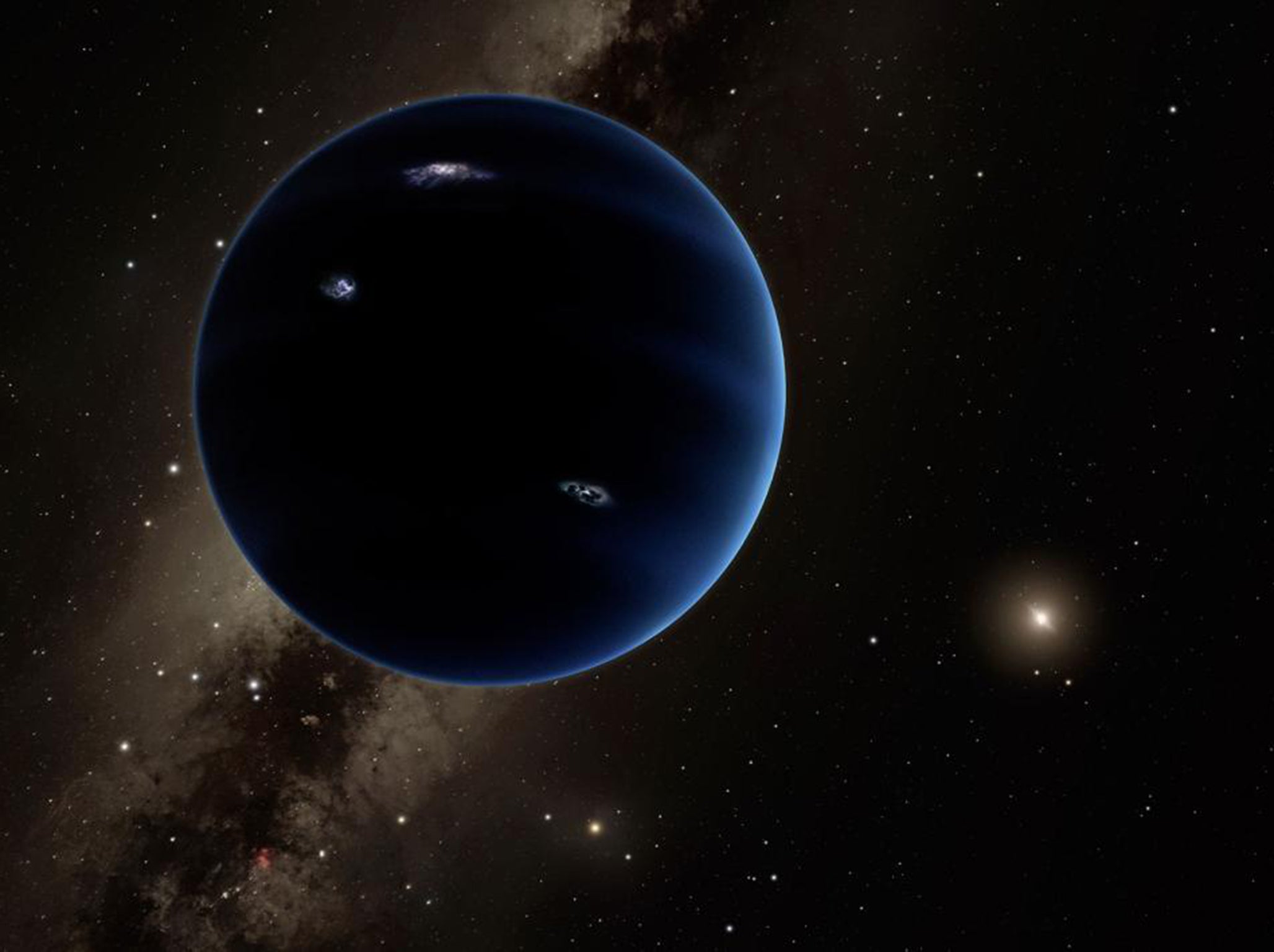Planet Nine: Four unknown objects being investigated as potential new worlds in our solar system
The research was helped by 60,000 people around the world, who checked through more than four million possible planets

Astronomers might have found a new planet, hiding in our solar system.
And it might have been discovered by citizen astronomers – 60,000 of them, who picked through pictures of rocks and may have found the mysterious 'Planet Nine'.
Astronomers from the Australian National University are investigating four unknown objects, each of which could be a candidate for a new, as yet unknown planet in our own solar system.
The candidates were found by a planetary search that was inspired by a TV programme that encouraged people – more than 60,000 of them – to pick through more than four million objects and see whether they might be a new world.
The search has already found two minor planets. That proves that the approach could eventually stumble on the much-rumoured Planet Nine, they say.
Planet Nine is a hypothetical world lurking on the edge of our solar system. It has never been seen directly – but it has been theorised on the basis of unusual gravitational patterns that seem to suggest something is out there, beyond Pluto.
The citizen astronomers helped rule out large parts of the southern sky, blocking out places where Planet Nine could be situated.
“We’ve managed to rule out a planet about the size of Neptune being in about 90 per cent of the southern sky out to a depth of about 350 times the distance the Earth is from the Sun,” said Brad Tucker, lead researcher on the project.
“With the help of tens of thousands of dedicated volunteers sifting through hundreds of thousands of images taken by SkyMapper, we have achieved four years of scientific analysis in under three days. One of those volunteers, Toby Roberts, has made 12,000 classifications.”
Now astronomers will point telescopes around the world at the unknown objects to find out whether they are Planet Nine, other dwarf planets or just asteroids.
Join our commenting forum
Join thought-provoking conversations, follow other Independent readers and see their replies
Comments
Bookmark popover
Removed from bookmarks